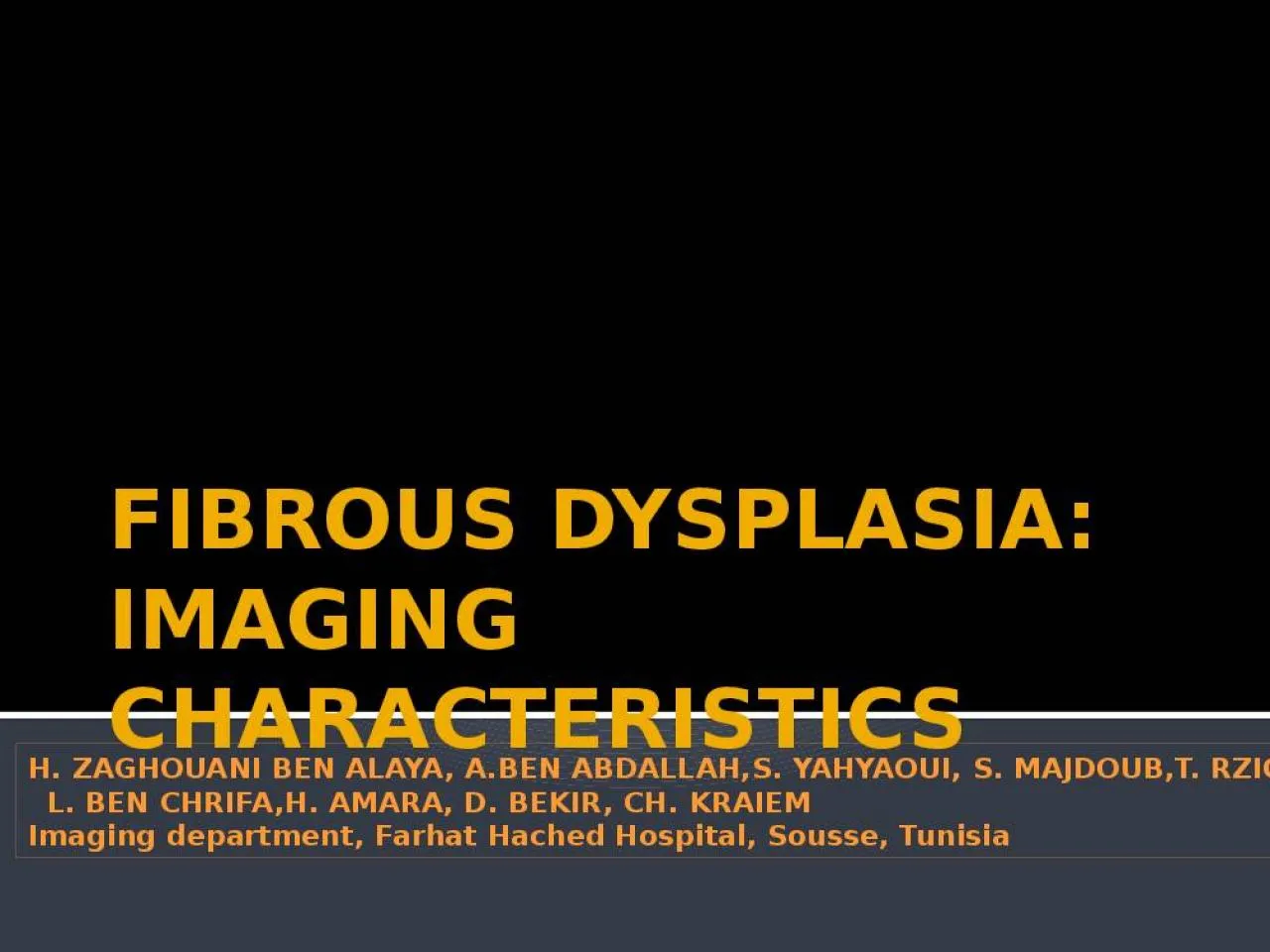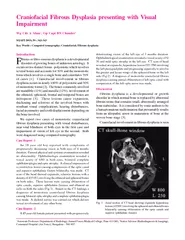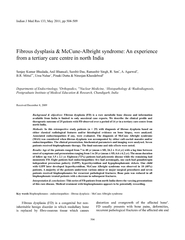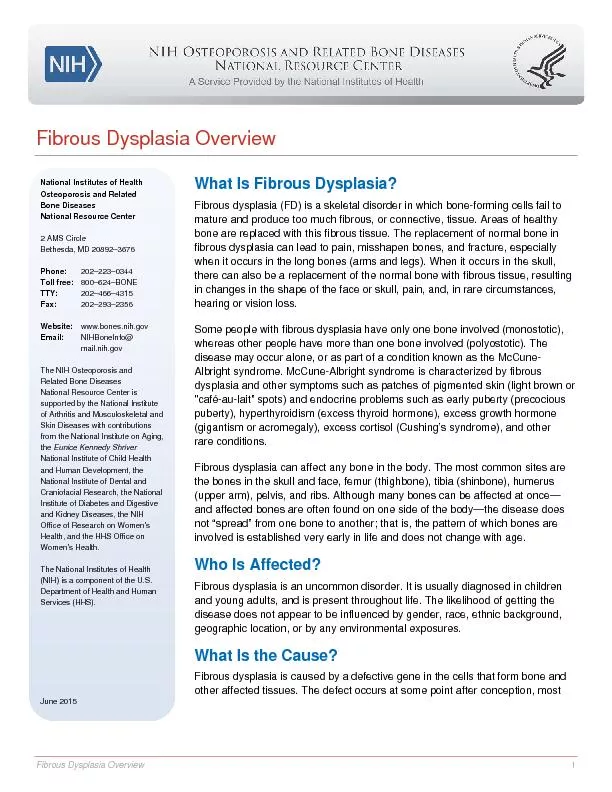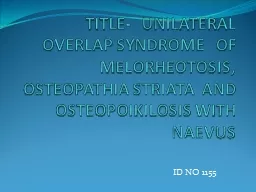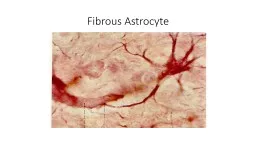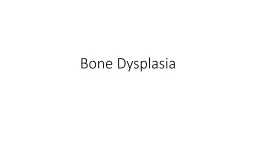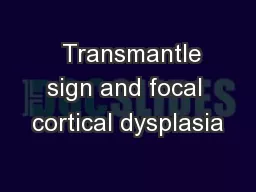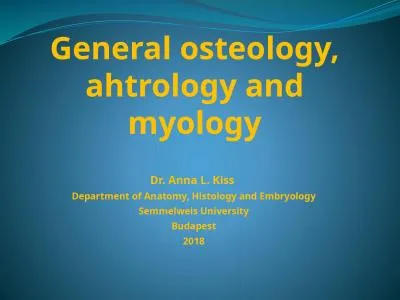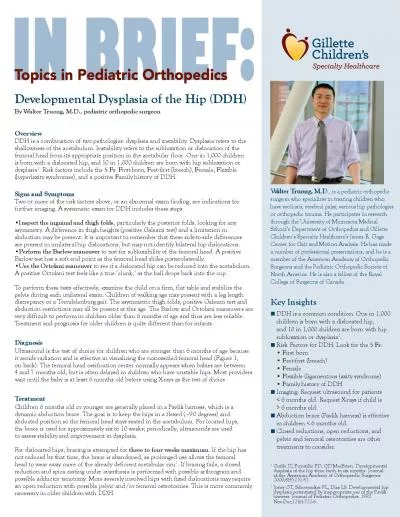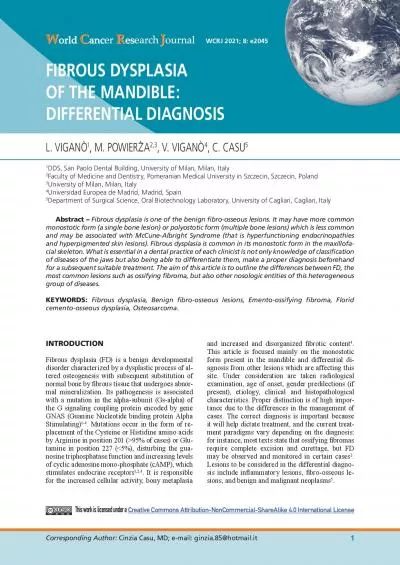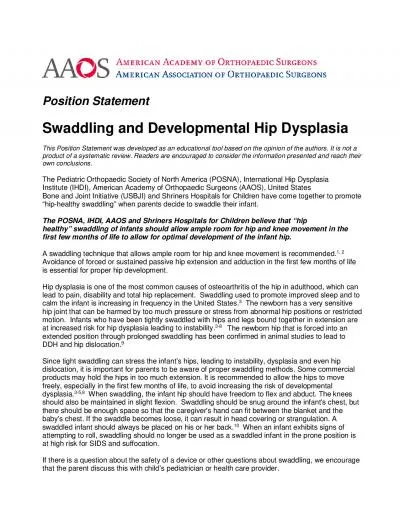PPT-FIBROUS DYSPLASIA: IMAGING CHARACTERISTICS
Author : desha | Published Date : 2022-02-12
H ZAGHOUANI BEN ALAYA ABEN ABDALLAHS YAHYAOUI S MAJDOUBT RZIGUA L BEN CHRIFAH AMARA D BEKIR CH KRAIEM Imaging department Farhat Hached Hospital Sousse
Presentation Embed Code
Download Presentation
Download Presentation The PPT/PDF document "FIBROUS DYSPLASIA: IMAGING CHARACTERISTI..." is the property of its rightful owner. Permission is granted to download and print the materials on this website for personal, non-commercial use only, and to display it on your personal computer provided you do not modify the materials and that you retain all copyright notices contained in the materials. By downloading content from our website, you accept the terms of this agreement.
FIBROUS DYSPLASIA: IMAGING CHARACTERISTICS: Transcript
Download Rules Of Document
"FIBROUS DYSPLASIA: IMAGING CHARACTERISTICS"The content belongs to its owner. You may download and print it for personal use, without modification, and keep all copyright notices. By downloading, you agree to these terms.
Related Documents

